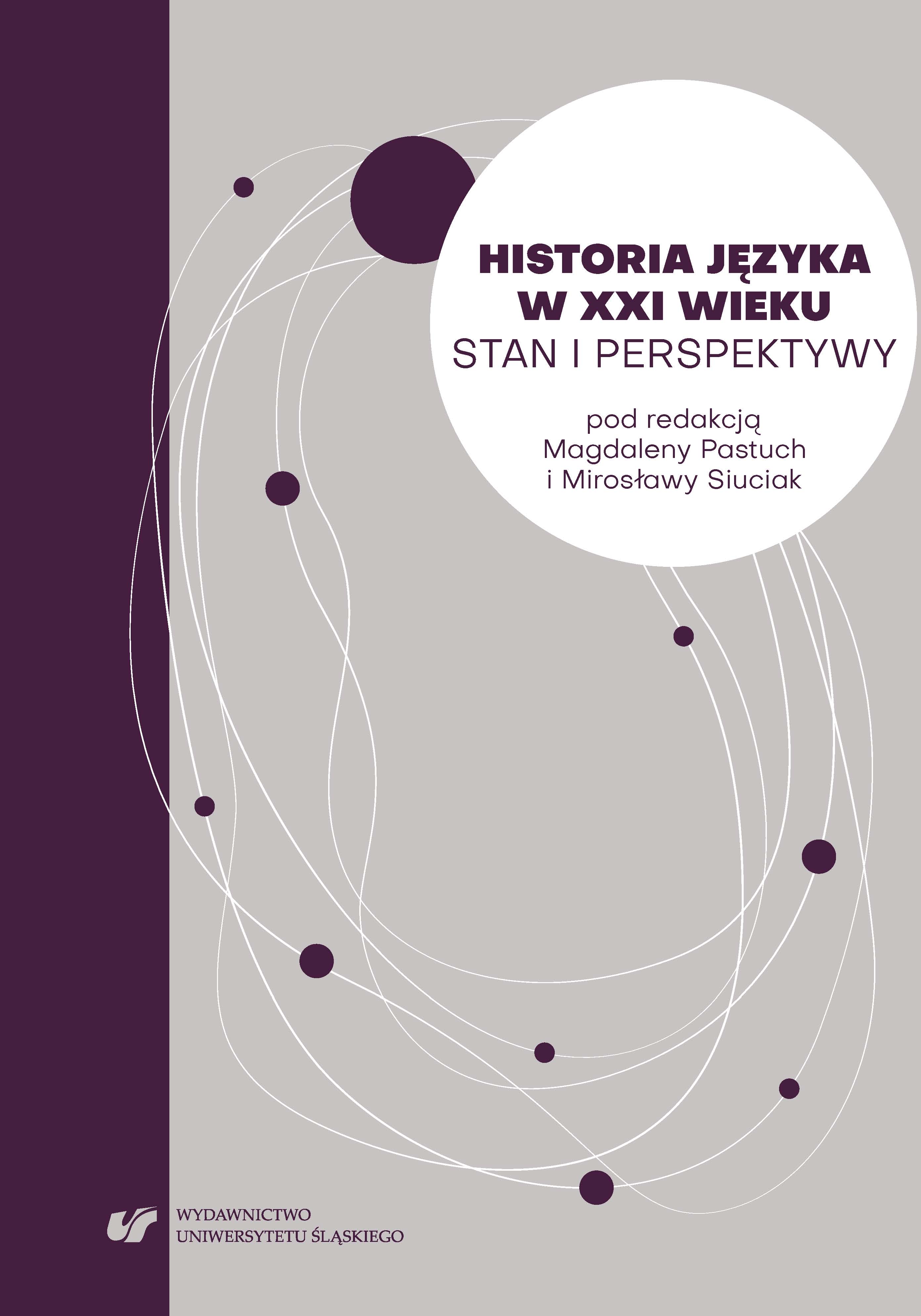
We kindly inform you that, as long as the subject affiliation of our 300.000+ articles is in progress, you might get unsufficient or no results on your third level or second level search. In this case, please broaden your search criteria.

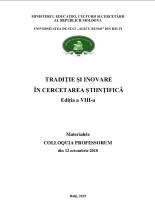
Phraseology, as an important language compartment, has a dynamic character. The dynamics of phraseology is manifested by the increasing number of phraseological units and by their modification, as well as by a very productive phenomenon of phraseological variation, "phraseological derailment", which is a type of reorganization (by de-structuring / re-structuring the signifier and the signified of the phraseological unit) that occurs spontaneously or with a stylistic intent. "Phraseological derailment", the emergence of phraseological duplicates, whether ephemeral or occasional, is a testimony to the fact that phraseological units are dynamic models. The perpetual competition between canonical forms alias traditional ones as well as between various duplicates and innovative variants catalyses multiple changes in expression and content. The article focuses on the dynamics of phraseological units with archaic elements in modern Romanian from the perspective of the phenomenon of "phraseological derailment" and related phenomena, highlighting, as much as possible, a series of changes of form and meaning of some phraseological models consecrated by use as canonical and traceable forms in Romanian dictionaries.
More...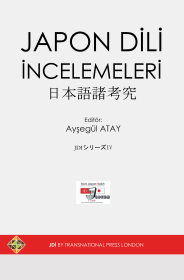
The causative structure, which is seen as a complex, difficult to explain and understand grammar topic, shows itself in various forms in Japanese as well as in Turkish. In Japanese, the causative structure is called shieki and the auxiliary verb -(s)aseru is the affix which makes an action causative structurally. The causative structure is created with this affix addition to the unconjugated root part of transitive or intransitive verbs. However, when transferred into Turkish, the causative structure in Japanese which is created with the auxiliary verb - (s)aseru may not have one-to-one correspondence in terms of structure and meaning. In addition, as a result of comparing causative structure in these two languages morphologically, different Japanese causative forms appear. Apart from the basic structure of causative meaning in Japanese, there are also examples of causative structure that the auxiliary verb -(s)aseru is combined with the form of (te + yaru). In this study, Japanese phrases with causative meaning were analyzed in both structural and semantic framework. And though -(s)aseru auxiliary verb is used as the key of causative, structures with different meanings other than causative have also been given. Besides, utilizing example sentences from Minna no Nihongo (Japanese for all) and various other grammar books, how these structures exist in Japanese has been elaborated on, and semantic features encountered when transferred into Turkish have been categorized.
More...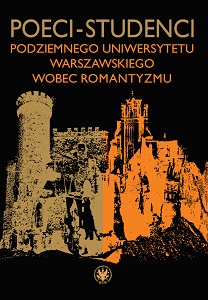
The book is a successful attempt to renew research on the literature of war and occupation conducted so far, and at the same time to present the phenomenon of the underground University of Warsaw and its educational, academic, and cultural activity in particular with regard to literary studies. The authors describe the profiles of young artists for whom the ideas of Romanticism were a constant point of reference in their writing and in the armed combat against the occupier.
More...
The book is a successful attempt to renew research on the literature of war and occupation conducted so far, and at the same time to present the phenomenon of the underground University of Warsaw and its educational, academic, and cultural activity in particular with regard to literary studies. The authors describe the profiles of young artists for whom the ideas of Romanticism were a constant point of reference in their writing and in the armed combat against the occupier.
More...
The book is a successful attempt to renew research on the literature of war and occupation conducted so far, and at the same time to present the phenomenon of the underground University of Warsaw and its educational, academic, and cultural activity in particular with regard to literary studies. The authors describe the profiles of young artists for whom the ideas of Romanticism were a constant point of reference in their writing and in the armed combat against the occupier.
More...
The book is a successful attempt to renew research on the literature of war and occupation conducted so far, and at the same time to present the phenomenon of the underground University of Warsaw and its educational, academic, and cultural activity in particular with regard to literary studies. The authors describe the profiles of young artists for whom the ideas of Romanticism were a constant point of reference in their writing and in the armed combat against the occupier.
More...
The book is a successful attempt to renew research on the literature of war and occupation conducted so far, and at the same time to present the phenomenon of the underground University of Warsaw and its educational, academic, and cultural activity in particular with regard to literary studies. The authors describe the profiles of young artists for whom the ideas of Romanticism were a constant point of reference in their writing and in the armed combat against the occupier.
More...
The book is a successful attempt to renew research on the literature of war and occupation conducted so far, and at the same time to present the phenomenon of the underground University of Warsaw and its educational, academic, and cultural activity in particular with regard to literary studies. The authors describe the profiles of young artists for whom the ideas of Romanticism were a constant point of reference in their writing and in the armed combat against the occupier.
More...
The book is a successful attempt to renew research on the literature of war and occupation conducted so far, and at the same time to present the phenomenon of the underground University of Warsaw and its educational, academic, and cultural activity in particular with regard to literary studies. The authors describe the profiles of young artists for whom the ideas of Romanticism were a constant point of reference in their writing and in the armed combat against the occupier.
More...
underground University of Warsaw, poetry, students, occupation literature, Warsaw Uprising, World War II
More...
The book is a successful attempt to renew research on the literature of war and occupation conducted so far, and at the same time to present the phenomenon of the underground University of Warsaw and its educational, academic, and cultural activity in particular with regard to literary studies. The authors describe the profiles of young artists for whom the ideas of Romanticism were a constant point of reference in their writing and in the armed combat against the occupier.
More...
The book is a successful attempt to renew research on the literature of war and occupation conducted so far, and at the same time to present the phenomenon of the underground University of Warsaw and its educational, academic, and cultural activity in particular with regard to literary studies. The authors describe the profiles of young artists for whom the ideas of Romanticism were a constant point of reference in their writing and in the armed combat against the occupier.
More...
The book is a successful attempt to renew research on the literature of war and occupation conducted so far, and at the same time to present the phenomenon of the underground University of Warsaw and its educational, academic, and cultural activity in particular with regard to literary studies. The authors describe the profiles of young artists for whom the ideas of Romanticism were a constant point of reference in their writing and in the armed combat against the occupier.
More...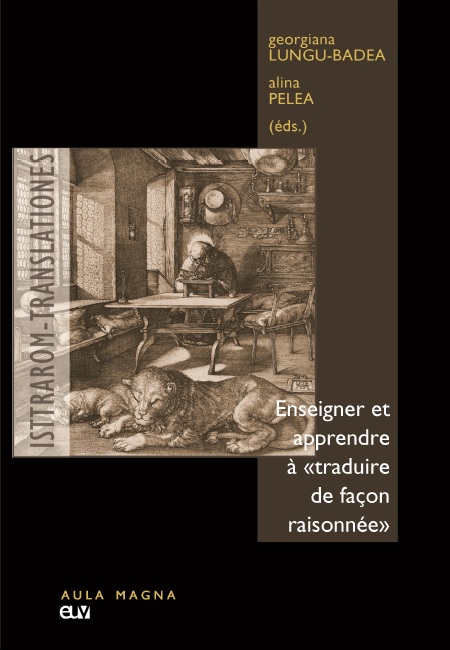
This paper can be considered an inter, trans- and multi- disciplinary study. The author combines several disciplines (the pedagogy, criticism and history of translation) which, while retaining their specificity, are involved in the acquisition of transversal skills that are common to the practice and history of translation, to translation theories and terminology. The author's intention is to demonstrate that the translation competence, built on an undeniable editorial skill, can increase simultaneously with the documentary and terminological competence and that translation teaching and learning goes hand in hand with the teaching of the translation history and translation studies.
More...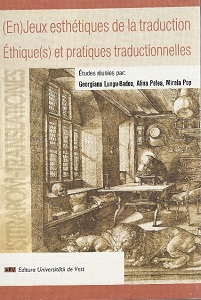
Based on the dynamic nature of signification, the present paper analyzes “the play” of reformulations provided by translators. In particular, it focuses on the ways in which professional translators change the content of the source text in the translation process. Taking into account that source text production and target text production are not identical processes, special emphasis is placed on those reformulations which move away from the literality of the original text. In addition, the solutions offered by translators are looked at in terms of their pertinence. The paper is part of the body of literature dealing with applied linguistics - more specifically, with the linguistics of utterance (linguistique de l’énonciation) - in the field of translation, and is based on a corpus of tourism-oriented texts translated from Romanian into French.
More...
The paper is a report on the yet unreaserched corpus of Croatian blends collected from the first ten yearly volumes of the satirical weekly Feral or Feral Tribune. Basic formal characteristics of the blends are further expounded. Three findings are brought forward. Firstly, blends were rare in Feral until 1989, when they became very frequent, and equal in form and content to blends in subsequent Feral Tribune. Secondly, in the 1980s there were more blends in the weekly Nedjeljna Dalmacija than in Feral, which was a supplement to Nedjeljna Dalmacija; this gives us a better idea of the general pulse of Croatian blending in the 1980s. Thirdly, comics author Ivica Bednjanec remains, as far as we know, the most prolific blend-maker of the decade. The following was established regarding semantic and formal characteristics of the blends in Feral. First, 80% of a total of 210 blends are nouns. Second, 46% of blends consist of a name as one of their components. In 61% of cases, the name is the first blend component. Third, a relatively large number of blends have the acronym (13%) as one of their components. In 69% of cases, the acronym is the first blend component. Fourth, the first blend component tends to be somewhat shorter in general. The ratio of the number of syllables in the analyzed corpus is 1.00 : 1.18. Fifth, there are extremely few blends with a simultaneous clipping of the ending of the first and the beginning of the second component. The blends of the analyzed corpus are based on the overlapping of the same phonetic material of the first and the second components.
More...
The Croatian media (television, radio, film, theater, etc.) in the last twenty years has seen an increase in a number of dialects and various language varieties which were considered in the former Yugoslavia peripheral, although the most popular television series in former Yugoslavia were those in dialect such as: Gruntovčani, Naše malo misto, Velo misto, Prosjaci i sinovi, etc. There are many professional and scientific papers that deal with the question – what is the Croatian standard language and who are the spoken models of the Croatian standard language? Television announcers and speakers of public television and announcers of central information broadcasts of commercial television are the closest to the standard speech described by the normative manuals of Croatian language. According to audience perception, standard speech in films and theater performances are rated as artificial. Today, in television shows of different topics (music, culinary, travel and so on) authors and guests use their local idioms. In films and theaters, we can hear spoken language (nonstandard). Modern Croatian music texts also could be in dialects and idioms of certain cities and regions. Foreign cartoons are regularly synchronized in Croatian using dialects according to stereotypes ‒ seagulls speak Chakavian dialect; good, naive, and traditional characters speak Shtokavian, also stubborn characters speak Shtokavian dialect (ikavica) – often similar to the one spoken in the Dalmatian Hinterland; unintelligent characters use Kajkavian variants; urban characters speak Zagrebian Kajkavian, etc. Participants on different portals mostly write in their local idioms. The paper focuses on the current promotion of local idioms in the Croatian media space in comparison to globalization in the European media space (why the Polish Lolek and Bolek became Jim and Jam?).
More...
During the period of socialist Yugoslavia, the linguistic standard used in Bosnia and Herzegovina, one of the six republics constituting the multinational federation at the time, found itself on the periphery of linguists’ interest. Up until the mid-1960s, Bosnia and Herzegovina itself occupied only a loosely marginal position in the language policy field where the central positions had been granted to Croatian and Serbian linguists, i.e. their respective cultural institutions – Matica hrvatska (Zagreb) and Matica srpska (Novi sad), as per the agreements reached at the 1954 meeting in Novi Sad. This paper presents an analysis of the language policy context in the late 1960s and early 1970s in Bosnia and Herzegovina, when the government of the federal republic lent its support to the shaping of an autonomous language policy according to which the language standard of Bosnian-Herzegovinian Muslims, Serbs and Croats was identified as bosanskohercegovački standardnojezički izraz, „a distinct and specific aspect of the Serbo-Croatian i.e. Croato-Serbian standard language used in Bosnia and Herzegovina“. Special attention in the paper is paid to (polemical) texts by Croatian linguists concerning the language and variants used by Croats, Serbs, Montenegrins and Muslims in which the language standard in Bosnia and Herzegovina is explicitly taken into account. The analysis of texts published during the period shows, on the one hand, that Croatian linguists bemoan the eclipse of typical Croatian lexis in Bosnia and Herzegovina’s public use of language but are, on the other hand, disposed to identify the Bosnian-Herzegovinian language standard as a distinct variant.
More...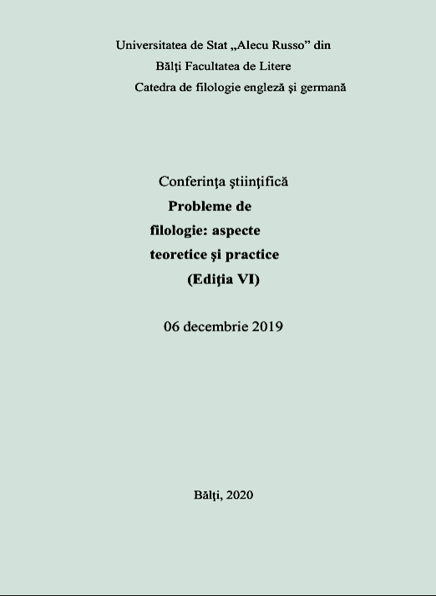
The article presents a theoretical analysis of the concept of intercultural competence, which is considered from the point of view of conceptual ideas of the competence approach. The author defines the concept of “competence” and demonstrates that mastering intercultural competence forms the basis for developing the necessary skills of successful intercultural dialogues in future specialists: mobility, flexibility, adaptability to new situations, which implies the integration of the individual into global and national cultures.
More...